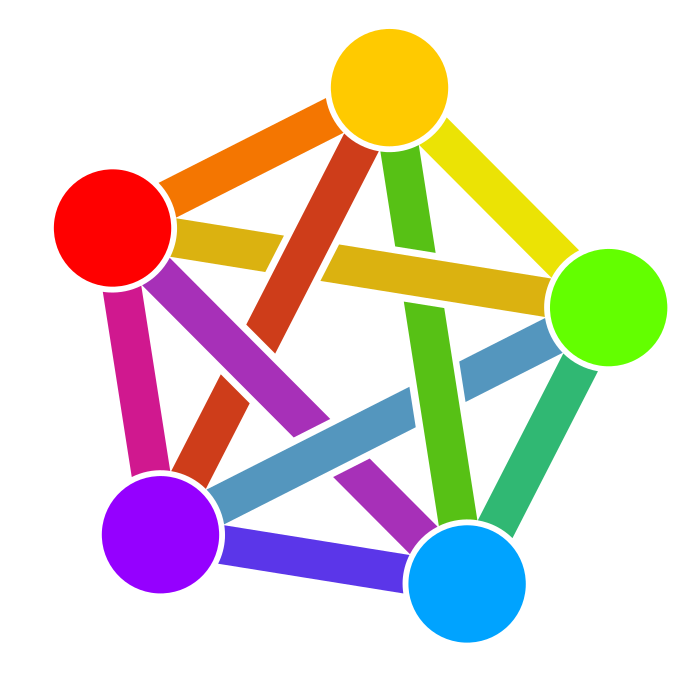
I really love working from Immersed, even with the Quest 2, but I do hope future HMDs will be lighter and more comfortable, but I understand that not everybody would enjoy working from VR or AR headsets.
In my case I work from home, and this is such a space saver, I work with virtual giant monitors that there is no way at all for me to place at home, plus the cost would be prohibitive.












I already did and love it! But definitely looking forward to lighter and higher resolution HMDs, I’ll get the Quest 3 next, but hopefully for next year I can go with the AR glasses if they are as good as the Q3, even if a bit pricier, just for the convenience and comfort.